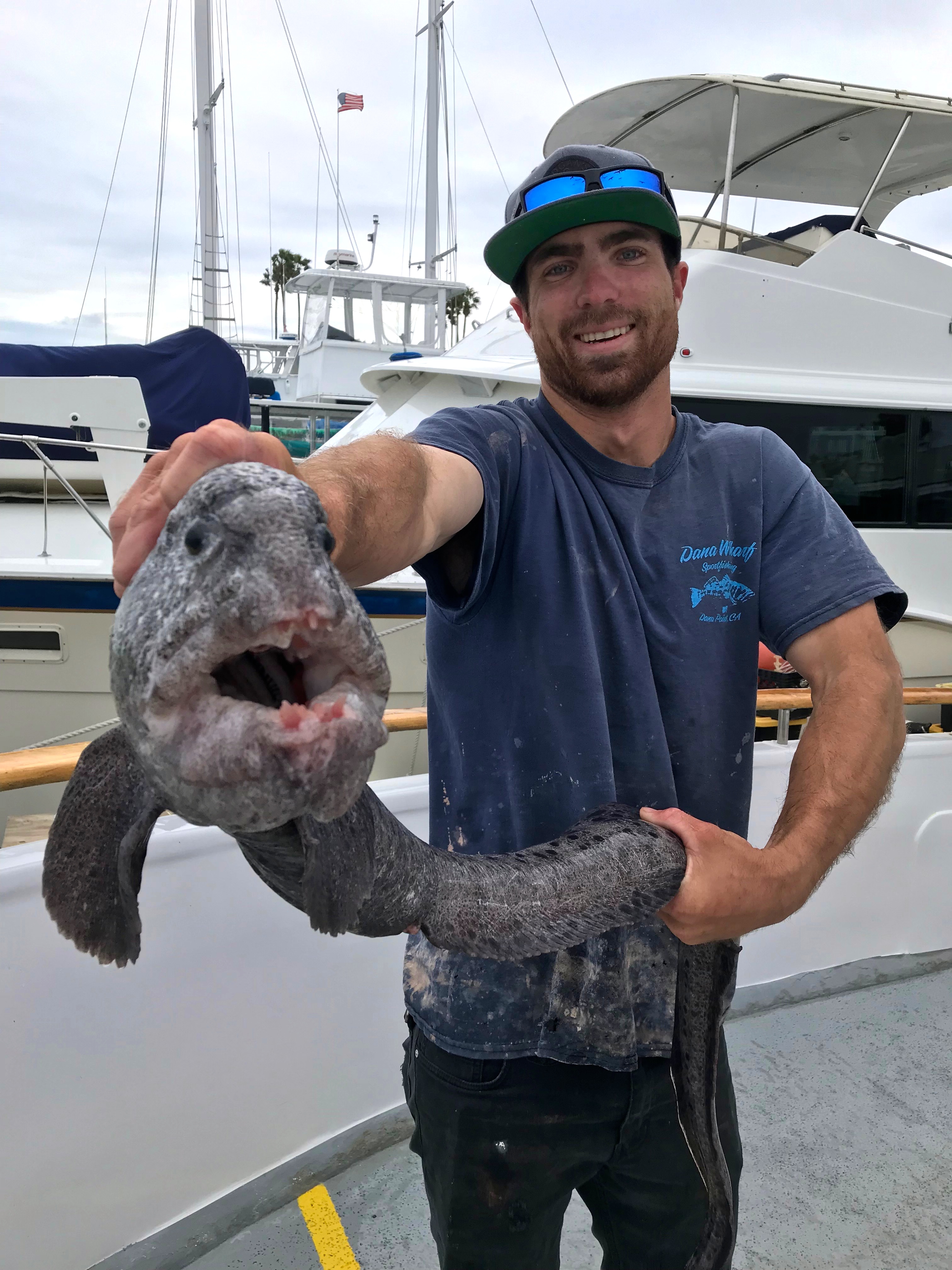
They invest in durable relationships and – they are only as strange looking as we terrestrial bipeds would appear to them.Īnd if all of that is not enough for you, see the photo below for the indisputable reasoning for by Wolf-Eels are NOT ugly fish!Įnter your email address to follow this blog and receive notifications of new posts by email. They can often be spotted peering out of the many crevices and holes in popular local dive sites. It is a homebody that likes crunchy snacks and prefers that they come right by the front door they are great parents and are docile unless fighting for home or partner. Wolf Eel Photos Anarrhichthys ocellatus by Scott Boyd The friendly, but fierce looking wolf-eel is a favorite of Pacific Northwest divers. The Wolf-Eel is indeed akin to us in so many ways. The males do compete for females who will sometimes opt to swap dens and go live with the competitor. Sound like any other species you know? Wonder if it happens at mid-life? It was long thought that Wolf-Eels always mate for life but, this is not always the case. One juvenile is even known to have travelled a minimum of 1,000 km having been tagged in Port Hardy, BC and found back in Willapa Bay, Washington two years later. The juveniles settle into the adult sedentary lifestyle between the ages of 6 months and 2 years (presumably dependent on food supply and den availability). Having a long tail also allows them to den-up, curling up and around in narrow spaces between rocks and. The long tail serves in locomotion, powering them forward with big, slow, s-shaped waves while being stabilized with the long dorsal and pectoral fins (see video below).

They are the only member of their family that have this body shape.
#Wolf eel pics driver#
This is likely another driver for the male’s having such fleshy heads – they are better able to survive the wounds inflicted by such battles.Ĭlearly, another unique feature about this species is their eel-like body. They do also sometimes need to do battle for den space with a Giant Pacific Octopus. As adults, the females are smaller and a darker brownish grey (both remarkably camouflaged for when they are in their rocky dens).

Both male and female juveniles are brownish orange and look even more eel-like, lacking the big head of the adults. In aquariums, their life expectancy is known to be at least 28 years. Wolf-Eels have long-lasting pair bonds, coming together when they are around 4-years-old and having their first clutch when they are around 7. The males do compete for females who will sometimes opt to swap dens and go live with the competitor. Sound like any other species you know? Wonder if it happens at mid-life? 😉 A54 BT Wolffishes Anarhichthys ocellatus USE Wolf - eel Anarhynchus ( May Subd Geog ) QL696.C43 ( Zoology ) BT Charadriidae Plovers NT Wrybill plover. The mature males do carry battle wounds supporting that they don’t just hang out in dens waiting for a snack to come by, but rather that they will occasionally duke it out with other male Wolf-Eels.It was long thought that Wolf-Eels always mate for life but, this is not always the case. Mature male bearing the scars of battle ©2011 Gord Jenkins.


 0 kommentar(er)
0 kommentar(er)
